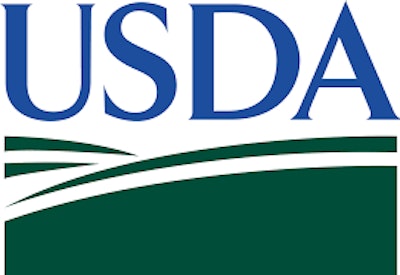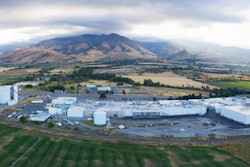
The USDA has published the Origin of Livestock (OOL) final rule for organic dairy, tightening its rules on how dairy animals enter organic production and ending the practice of cycling dairy animals between organic production and feeding on lower-cost, non-organic rations.
According to the USDA, the change to the organic regulations has been made to promote a fairer, more competitive market for all organic dairy producers by making certain certified USDA organic dairy products are produced to the same consistent standard.
 | USDA Committing $215 Million to Enhance American Food Supply Chain |
The USDA’s National Organic Program will oversee the new rule, which:
- Allows a dairy livestock operation transitioning to organic, or starting a new organic farm, to transition non-organic animals one time
- Prohibits organic dairies from sourcing any transitioned animals. Once a dairy is certified organic, animals must be managed as organic from the last third of gestation. Variances may be requested by small businesses for specific scenarios.
“This action demonstrates the USDA’s strong commitment to America’s organic dairy farmers,” Agriculture Secretary Tom Vilsack says. “The Origin of Livestock final rule provides clear and uniform standards about how and when livestock may be transitioned to organic dairy production, and how transitioned animals are managed within the organic dairy system. Now, all organic dairy livestock producers will have the confidence and certainty they are operating in a fair and competitive market.”
“Consumers of dairy that carry the USDA Certified Organic Seal can trust that those products meet their expectations for how organic dairy products are produced,” adds Under Secretary for Marketing and Regulatory Programs Jenny Lester Moffitt. “At the same time, the rule announced ensures new organic producers have a fair way to enter the market.”






















